
Peccary
Peccary
Peccary
Do you know the peccary, an animal similar to a wild boar that lives mainly in South America? Peccaries look exactly like wild boars, but they are actually mysterious animals that are completely different from wild boars. By the way, there is a character in the Japan whose motif is an ancient Ecuadorian clay figurine. The name is "peccary" and it is characterized by its resemblance to an animal peccary. Let's take a peek at the characteristics and secrets of peccary in this article!
Peccary Basic Infomation
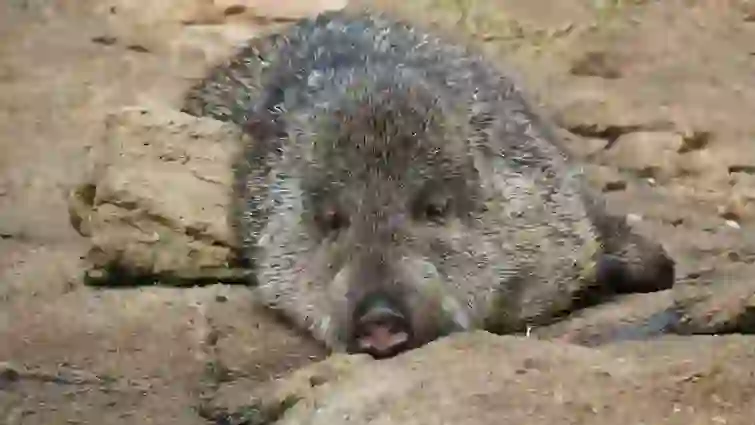
Mammalia-Cetartiodactyla-Tayassuidae.
Collared peccary. Length:75cm~100cm. Weight:15Kg~30Kg.
Peccaries are artiodactyls that live in the Americas and resemble wild boars. One species of peccary, "collared peccary", got its name because its body color is dark gray and there is a white or tan strip from the shoulders to the neck.
Wild collared peccaries live in groups of about 14 ~ 50 heads and are said to be diurnal and act while they are bright.
Collared peccaries have a superior sense of smell despite their underdeveloped vision and hearing. As a result, they have a habit of rubbing their scent glands on rocks or trees to assert their territory or rubbing their scent on the backs and shoulders of their companions to deepen their bonds with each other .
The gestation period of collared peccaries is about 145 days, and they give birth to one to four offspring at a time.
The hair of newborns is brown, but they do not have stripes like wild boar babys. Babies are weaned at around 7-8 weeks old and begin to change color to the same color as adults at around 1.5 months old.
Peccary Q&A

Where does peccary get its name?
The origin of the name peccary is said to come from a Caribbean language.
By the way, the peccary family includes three types of animals.
Each scientific name is expressed as "pecari tajacu" in collared peccary, "tayassu pecari" in white-lipped peccary, and "catagonus wagneri" in chacoan peccary.
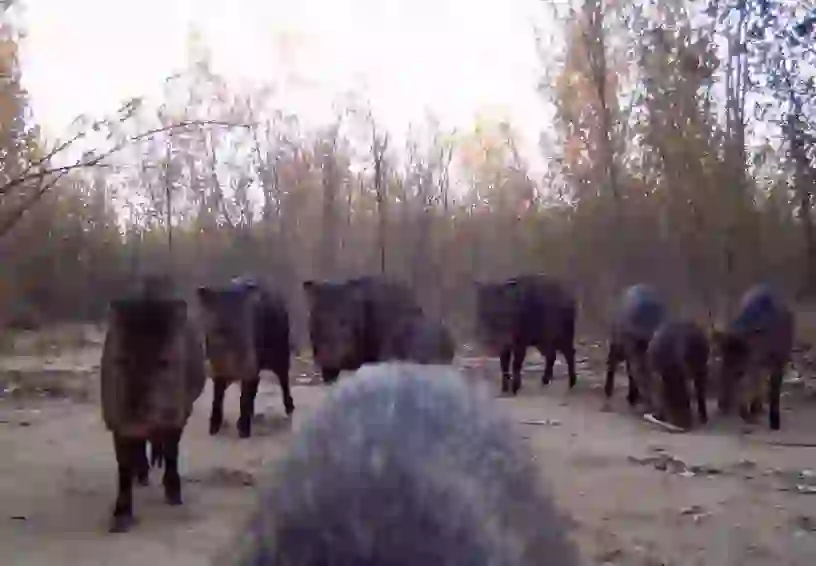
Why do peccaries live there?
Peccaries are found over a wide range from southern North America to South America.
It is said that the ancestor of peccaries was an extinct species called “Platygonus” that lived in North America. Peccaries evolved from Platygonus and adapted to the environment, eventually expanding their habitat to South America when the land of North and South America was connected.
There is no overlap between the habitats of peccaries and wild boars, and it is believed that peccaries play a similar role to wild boars in the ecosystems of North and South America.

What do peccaries eat?
Peccaries are omnivorous and eat fruits, plant seeds, roots, flowers, insects, lizards, eggs, and small animal meat.
Collared peccaries and chacoan peccaries often eat cacti and seem to replenish their water from cacti in dry areas. It is also known that they have a habit of eating or licking soil and are believed to replenish minerals necessary for their bodies from the soil.
In zoos, they eat vegetables (cabbage, sweet potatoes, etc.), fruits (watermelons, melons, etc.), pellets and so on.

What is the difference between a peccary and a wild boar?
As for the differences in appearance, the color of the peccary’s body is gray and that of the wild boar is brownish. The legs of the peccary are slender and slightly longer than those of the wild boar. The peccary has almost no tail, while the wild boar has a long tail.
Also, the peccary’s tusks are almost invisible from the outside, but male wild boars have tusks that are large enough to protrude from their mouths. By the way, although the peccary’s tusks are small, they are sharp like a razor and are used when fighting against predators.
Other differences besides appearance include that peccaries do not get contagious diseases that infect pigs and wild boars (such as African swine fever), and that the stomach of a peccary is divided into three parts like that of a ruminant animal, while that of a wild boar has only one part.

What kind of personality does peccary have?
Peccaries are said to have a relatively calm and sociable personality.
Collared peccaries kept in zoos are said to be not afraid of people despite being startled by small noises and many individuals approach their keepers.
Chacoan peccaries have a very strong bond among their group members. When a member of the group is injured or falls down, all members of the group stay with that individual.
However, this habit can lead to the extinction of the group if all members are killed.
In addition, it is known that when attacked by predators such as jaguars, only one member of the group stands up to fight while other members escape.

Is it true that chacoan peccaries were thought to be extinct animals?
It's true.
Chacoan peccaries were originally animals whose fossils had been discovered but whose living forms had not been found. Therefore, until a living specimen was discovered in 1975, it was thought to be an extinct fossil species.
It is said that the chacoan peccary is the largest animal among the wild boars that inhabit the American continent.

Can peccaries be kept as pets?
When breeding rare animals at home, it is necessary to follow the established laws in some countries. This time, we will introduce whether it is possible to breed peccaries at home in Japan.
Peccaries are restricted from trading for commercial purposes under a treaty called the Washington Convention. In addition, since it is an artiodactyl animal, many inspections and conditions are considered to be required when importing from overseas.
While it is not entirely impossible for individuals to obtain peccary, it is considered quite difficult. By the way, the indigenous peoples of South America traditionally kept peccaries as pets that could also be used as food.

Is there a place in Japan where you can see peccaries?
There are three species of peccaries in total, but only one species, the collared peccary, is kept in Japan.
Collared peccaries are kept at Ueno Zoo in Tokyo, Kobe Animal Kingdom in Hyogo Prefecture, and Izu Shaboten Animal Park in Shizuoka Prefecture.
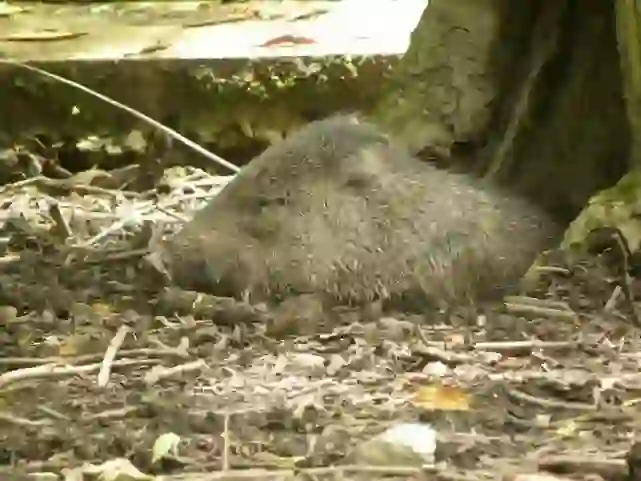
What is the lifespan of a peccary?
Collared peccaries are gentle and easy to keep, and there is a record of them living up to 24 years in captivity.
Even among the same peccary family, white-lipped peccaries are difficult to keep and are said to live up to about 13 years in captivity.

What enemies does peccary have?
The natural enemies of peccaries in the wild are carnivorous animals such as pumas and jaguars, and young peccaries are sometimes eaten by ocelots.
But peccary's biggest enemy is not carnivores, but us humans.
It is believed that a considerable number of peccaries are captured every year for food and as raw materials for leather products. Peccary leather is thick but soft and stretchy, and is used as a raw material for high-end gloves, clothing, shoes, etc. because it is durable.
Of course, management based on the Washington Convention is in place, but peccary leather is not taken from captive peccaries but from wild peccaries.
Poaching is still rampant due to the fact that peccaries have been used as food for a long time in the local area, and the number of peccaries is believed to be decreasing year by year due to hunting for meat and leather as well as habitat development.
By the way, Chacoan peccary meat is said to be low in fat, well-tightened and delicious. In Paraguay and Bolivia, meat from wild animals such as peccaries is still sold as a matter of course.
In the Washington Convention, the collared peccary and white-lipped peccary are listed in Appendix II as species that are not necessarily endangered but may be at risk of extinction if trade is not regulated, while the chacoan peccary is listed in Appendix I as a species that is at risk of extinction or may be affected by trade.

Would you like to become a part of the 'Animalbook.jp'?
Turn your knowledge into Q&A and share it with the world. ※Publication will be activated after purchase. Let's share information together!
Peccary Type of List
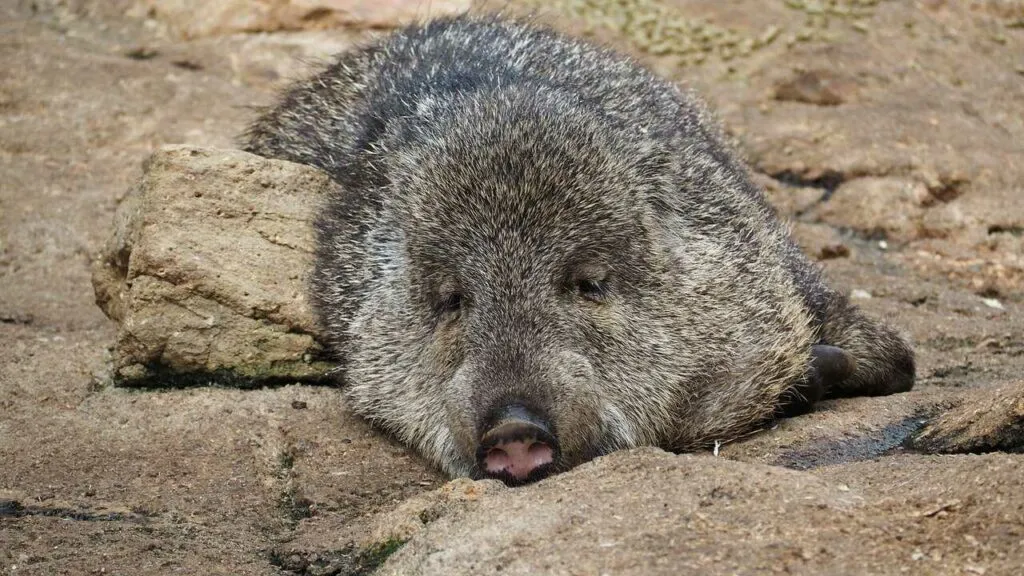
・Collared Peccary ・White-lipped Peccary ・Chacoan Peccary
Information
Congratulations! You are the first commenter!

Create Your Favorite List!
Peccary
Save the animals you love! Build your own list to quickly revisit your favorites later.

Would you like to leave a comment?
※Please note: This is for the purchase of rights to post comments within the article.
Find Your Favorites!
Our shop offers a unique and attractive selection of goods themed around various animals.
Peccary References

- D.W. マクドナルド(編集)今泉 吉典(監修)(1986年)『動物大百科4 大型草食獣』平凡社 哺乳類科学 第58巻別冊 2018年6月「世界哺乳類標準和名目録」 https://www.jstage.jst.go.jp/article/mammalianscience/58/Supplement/58_S1/_pdf
- 全日本爬虫類皮革産業協同組合「ペッカリー」 https://www.jra-zenpa.or.jp/leather/peccary.html
- 東京ズーネット「クビワペッカリーの不思議な行動2013/09/06」 https://www.tokyo-zoo.net/topic/topics_detail?kind=news&inst=ueno&link_num=21763
- 東京ズーネット「クビワペッカリーの来園──上野 2006/03/31」 https://www.tokyo-zoo.net/topic/topics_detail?kind=news&link_num=4031
- 斉藤 昌宏(2014)野生動物の断片的紹介(20) ─パラグアイ (1)─ https://www.jstage.jst.go.jp/article/jjwrs/39/0/39_59/_pdf
- 神戸どうぶつ王国「クビワペッカリー」 https://www.kobe-oukoku.com/friend/detail/4775/
- 大宮公園小動物園「動物日誌 クビワペッカリー」 http://www.parks.or.jp/omiyazoo_2020/animal-nisshi/peccary/animal-nisshi-peccary.html
- 伊豆シャボテン動物公園「どうぶつブログ 2019.09.14ウリ坊!?ではない・・・」 https://izushaboten.com/bloganimal/4653/
- 静岡新聞SBS「伊豆シャボテン動物公園 「クビワペッカリー」の赤ちゃん一般公開 <2019年8月14日生まれ>」 https://www.at-s.com/event/article/animal/681083.html
- Food and Agriculture Organization of the United Nations「3.13 Peccaries」 http://www.fao.org/3/t0750e/t0750e0l.htm
- Potawatomi Zoo「Collared Peccary」 https://www.potawatomizoo.org/animal/collared-peccary/
Peccary Introduction of media used

出典:https://pixabay.com/images/id-1447263/

出典:https://pixabay.com/images/id-2081033/

出典:https://pixabay.com/images/id-237818/

similar
出典:https://commons.wikimedia.org/wiki/File:Collared_Peccary_(Pecari_tajacu).jpg

出典:https://pixabay.com/images/id-21736/
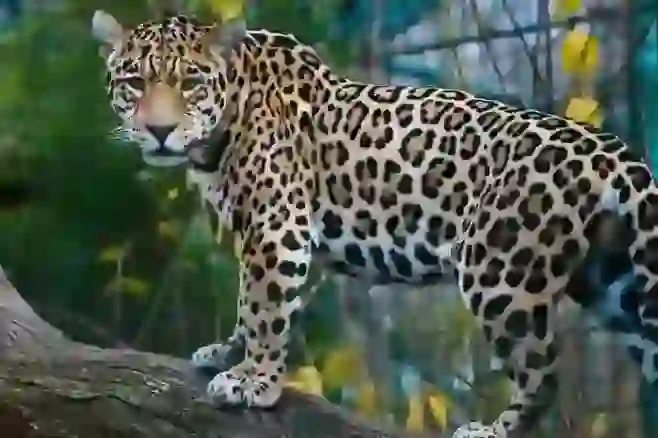
enemy
出典:https://pixabay.com/images/id-3193850/
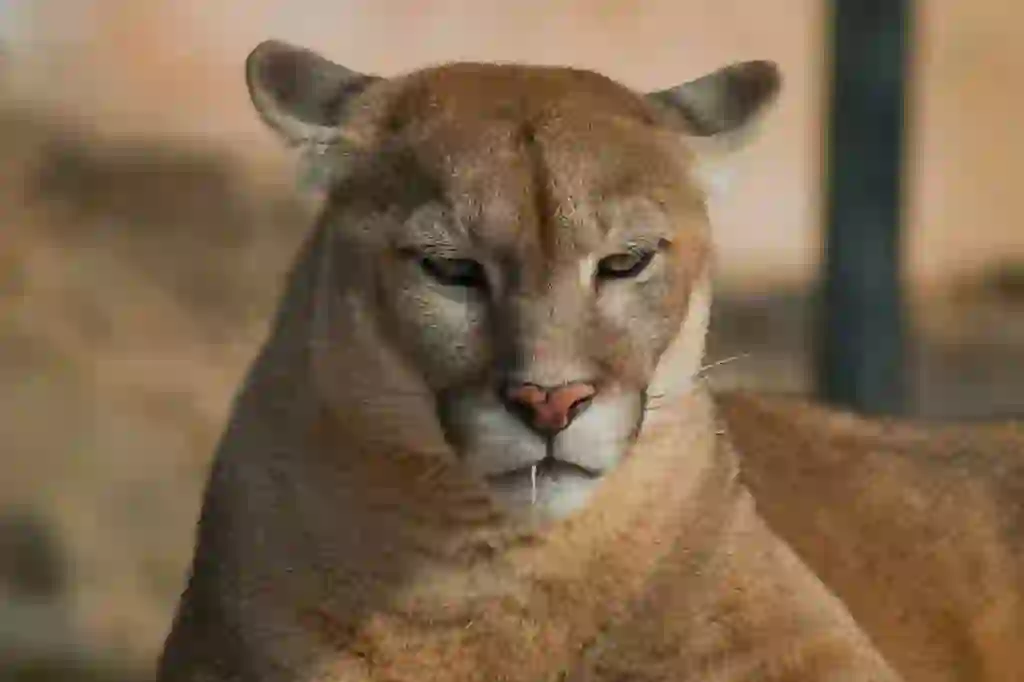
enemy
出典:https://commons.wikimedia.org/wiki/File:Puma_(Puma_concolor)_-_20191228.jpg

Help Enrich Our Animalbook.jp with Your Media!
We are constantly looking to expand and enrich our Animalbook.jp with amazing photos and videos of animals. If you have any media that you'd like to share, please contribute and help us showcase the beauty and diversity of the animal kingdom. Your submissions will be credited and featured in our encyclopedia, reaching a wide audience of animal lovers.




















